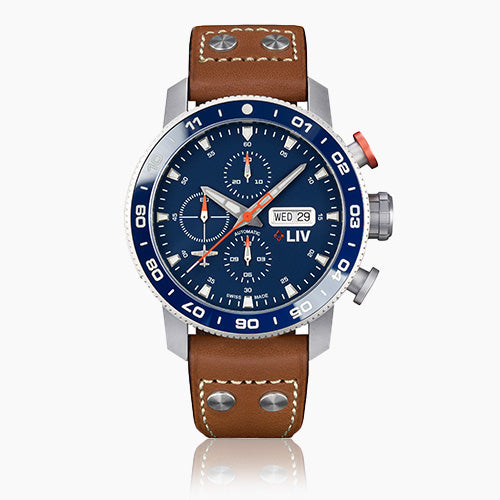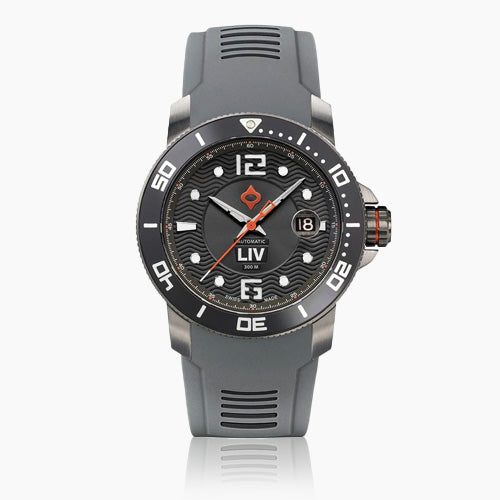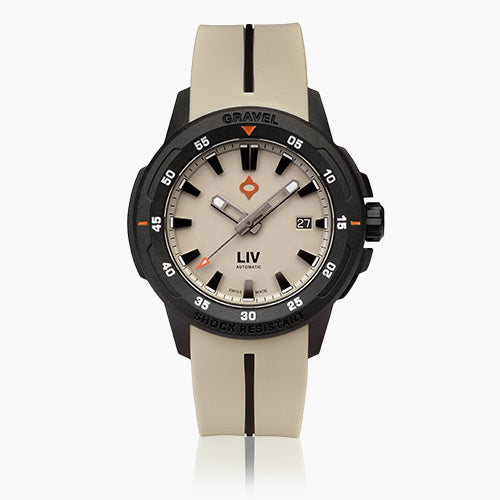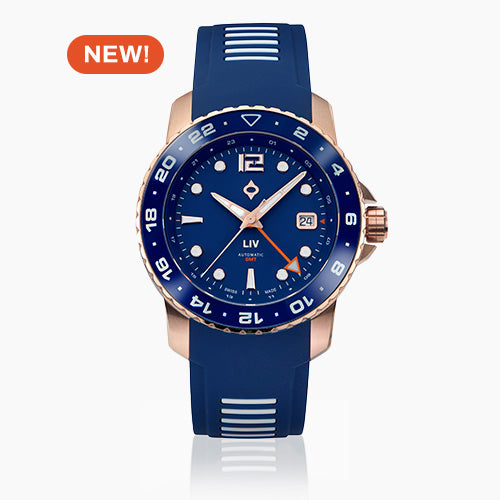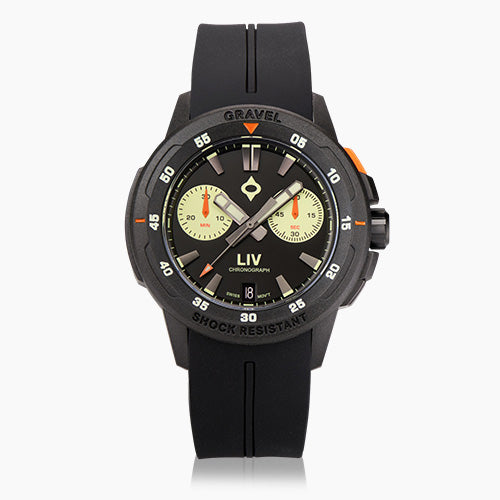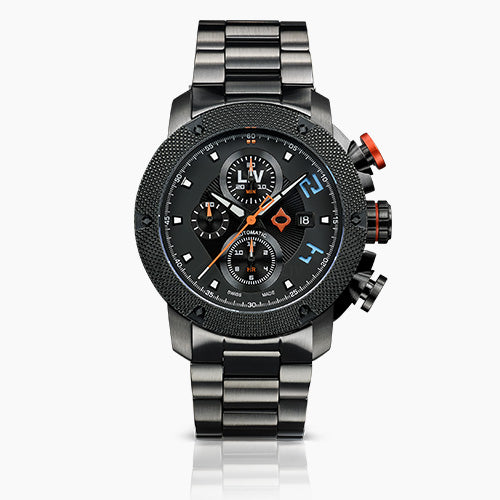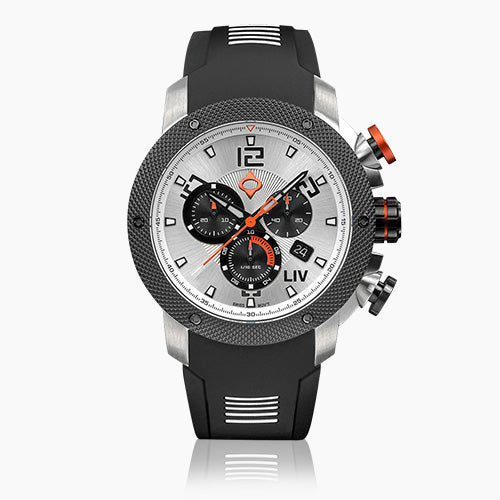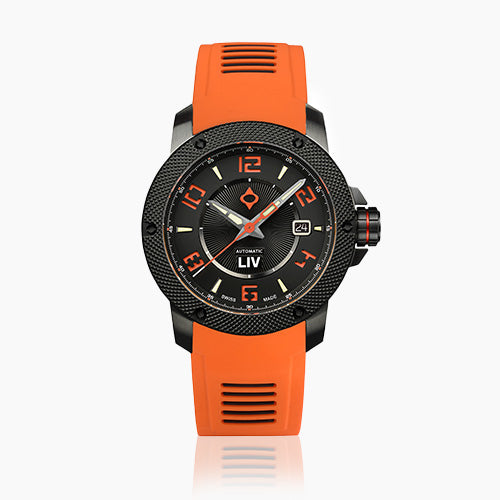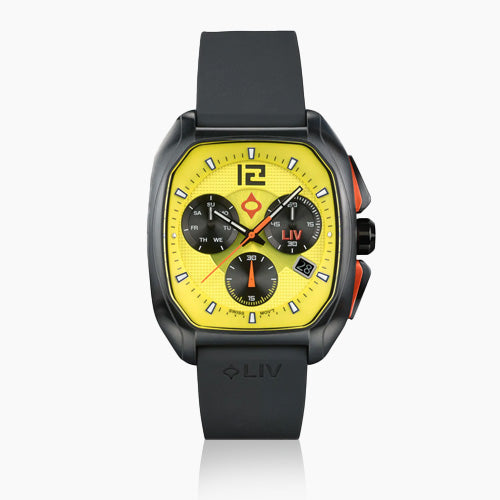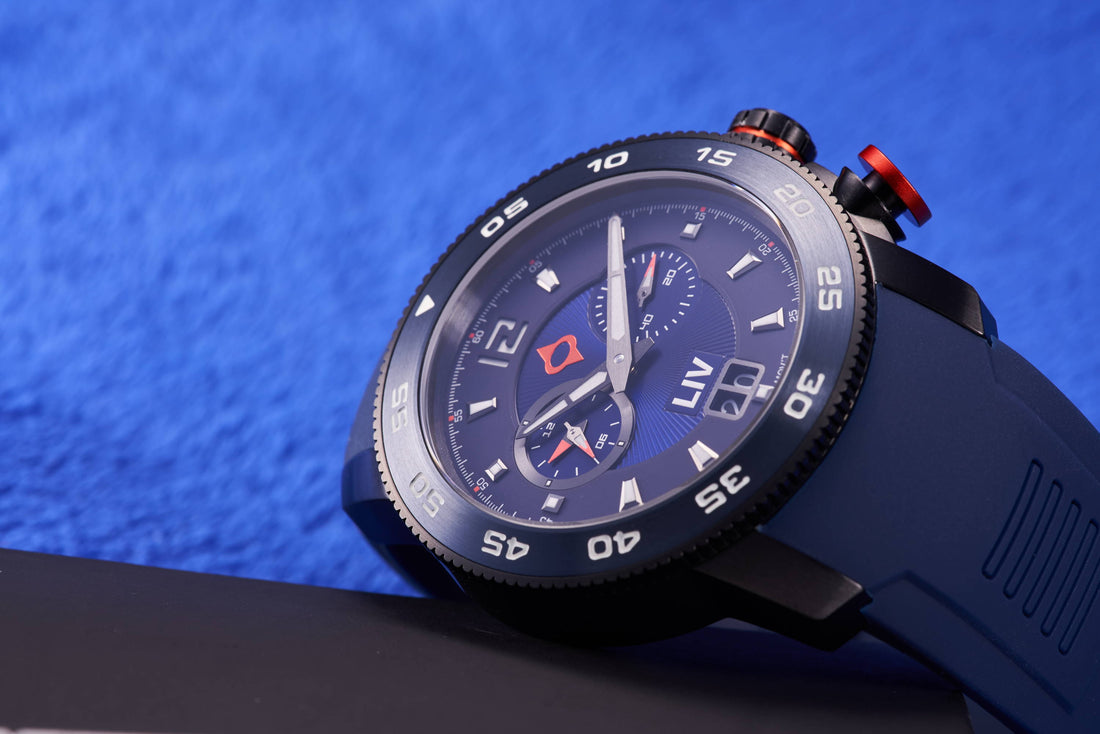
Watch Crystals: Sapphire, Mineral, & Plexiglass Compared
Share
WATCH CRYSTALS: THREE TYPES EXPLAINED
Protecting and displaying the face of a wristwatch is a thin clear cover that's typically referred to as the watch crystal. Watch crystals come in a myriad of shapes and sizes to fit the design of all the different timepieces being designed and sold. Crystals also come in varying thicknesses and quality. Watch brands today consider three attributes when selecting a crystal:
- Clarity
- Durability
- Cost
Even with all the variations in size and so forth, watchmakers will use one of three distinct materials for their crystals, listed in order of least to most expensive:
- Plexiglass (plastic)
- Mineral glass
- Sapphire glass
SAPPHIRE CRYSTALS
The most expensive of the watch crystals, sapphire has gained popularity in recent years, and its use within the industry has exploded. Unlike its natural counterpart, this type of sapphire is synthetically produced in a lab. Aside from a few notable exceptions, high end watches built in the last couple of decades, are almost exclusively equipped with sapphire crystal. We here at LIV only use sapphire crystals on all our timepieces.
PROS OF SAPPHIRE CRYSTALS:
- Superior scratch resistance. Only moissanite (9.25) and diamonds (10) exceed its hardness ranking (9) on the Mohs scale
- Exceptional clarity
- Use of an anti-reflective coating makes the crystal seem to disappear
CONS OF SAPPHIRE CRYSTALS:
- Synthetically made
- Most expensive option
- Prone to shattering due to its brittle nature
- Difficult to polish
HOW DO YOU TELL IF A WATCH HAS A SAPPHIRE GLASS CRYSTAL?
- Cool to the touch
- Few, if any scratches
- Excellent clarity
- Try and scratch it with a metal object*
*Caution! If the crystal is mineral glass or plexiglass, you might end up with a crystal repair bill.

PLEXIGLASS CRYSTALS
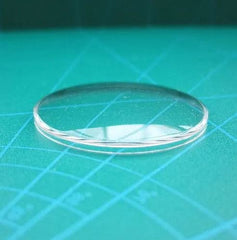
The most expensive of the watch crystals, sapphire has gained popularity in recent years, and its use within the industry has exploded. Unlike its natural counterpart, this type of sapphire is synthetically produced in a lab. Aside from a few notable exceptions, high end watches built in the last couple of decades, are almost exclusively equipped with sapphire crystal.
PROS OF PLEXIGLASS CRYSTALS:
- Easy to manufacture and manipulate to whatever shape desired
- Inexpensive to produce; cheap to replace
- Simple to re-polish
- It won't shatter or break easily. When it does break, generally it will crack, but stay in place, protecting the wristwatch's dial and movement from further damage.
CONS OF PLEXIGLASS CRYSTALS:
- It scratches easily
- Lots of scratches can impact visibility, and then will require the owner's efforts to either re-polish or replace the crystal
HOW DO YOU KNOW IF A PARTICULAR TIMEPIECE, OR ONE YOU OWN, HAS A PLEXIGLASS CRYSTAL?
- You might describe a plexiglass crystal as warmer to the touch
- Provides less vivid viewing, compared to the other two materials
- Has an abundance of scratches and clouding
- A better method to determine that it is indeed plexiglass is by tapping it gently with your fingernail, as it will produce a plastic-like tone
For the most part, you'll find plexiglass in vintage pieces. In cheaper watches though, it is also used for various 'tool' watches when an “unbreakable” quality is required.

MINERAL GLASS CRYSTALS

Slightly more expensive, mineral glass crystals are used generally in wristwatches priced towards the lower end of the market. Almost identical to the glass contained in your windows, additional chemical and heat treatments are used to strengthen and harden the crystal.
PROS OF MINERAL GLASS CRYSTALS:
- Looks similar to sapphire at a fraction of the cost
- Not as brittle as sapphire
- It's much more scratch resistant than plexiglass
- Can be coated to increase scratch resistance
- Less expensive replacement crystal when repairing watches
CONS OF MINERAL GLASS CRYSTALS:
- Scratches easier than sapphire
- Won't withstand impact as well as plexiglass
- Harder to polish than plexiglass
HOW DO YOU TELL IF A WATCH HAS A MINERAL GLASS CRYSTAL?
Expect to find mineral glass crystals on a wristwatch geared towards those on a budget. That doesn't make its use an indicator of poor quality overall as many high-quality timepieces use hardened mineral crystals.
- It will be cooler to the touch, like window glass.
- They should be clearer than plexiglass.
- They should have fewer scratches.
- The fingernail test works well, producing a higher-pitched sound.
 .
.THE VERDICT
All of the options for watch crystals available today provide an incomplete solution, having their individual strengths and weaknesses.
- Plexiglass is the best at resisting hits and bumps and may even suit certain styles of watches better, though it lacks in clarity and scratch resistance.
- Mineral glass, with added treatments, can be a worthy and economical substitute to sapphire but comes up short in scratch resistance.
- It’s the sapphire crystal that demands the highest premium, and for the most part, remains the choice of luxury brands for their watches for its clarity and strength, even with the potential for it to shatter under an impact.
All three materials have applications where their strengths make them the best choice. Even so, sapphire crystals will remain the "crown jewel" of timepieces for a long time to come. You just cannot beat sapphire when scratch resistance and clarity are demanded.

